
Three of Melbourne’s best Southeast Asian restaurants for a full-on flavour explosion
- Sunda, Rice Paper Sister and Noodle House by Lao-Luangprabang combine traditional and modern techniques in inventive, delicious dishes
- Chefs of Vietnamese, Filipino and Lao heritage draw on ingredients from Australia and across Southeast Asia to offer some memorable lunch moments
For such a famously laid-back city, Melbourne in Australia takes its food very seriously indeed. You only need see the stunning variety of local produce displayed at the city’s famed Victoria Market to understand that second best is not an option.
The same can be said for its restaurant scene: it offers every conceivable cuisine and at every price point, making the city one of the world’s great dining destinations.
Melbourne is one of Australia’s most ethnically diverse cities, and its Southeast Asian population includes not only migrants from Vietnam, and their descendants, but others from Laos, Cambodia, Malaysia and the Philippines, all of whom have made their mark on Melbourne cuisine.
Down one of its famed laneways dotted with excellent places to eat sits Sunda. Its bare brick walls and long wooden tables bring diners from all walks of life together, while seats at its concrete bar let a lucky few see its young team of chefs at work.
They are led by 27-year-old Khanh Nguyen, an Australian of Vietnamese heritage who previously worked in the kitchens of Sydney restaurants Mr. Wong and Bentley, as well as at Noma Australia when the Copenhagen-based restaurant operated a 10-week pop-up in the New South Wales state capital. Lunch is a blur of grey aprons as Nguyen and the crew work swiftly to prepare dishes from a four-part menu that offers a total of 16 choices.
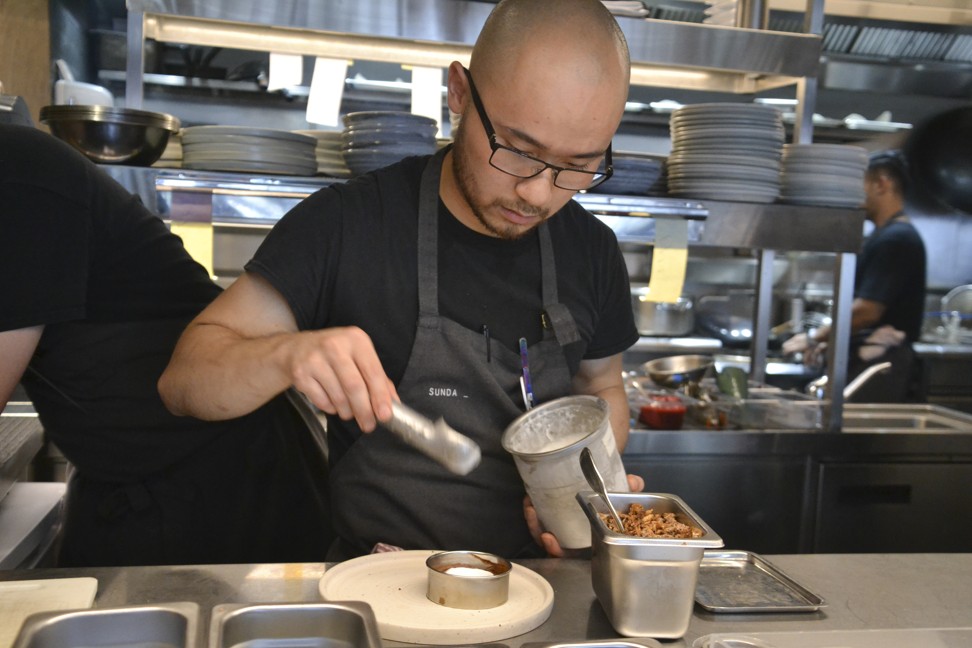
Nguyen’s cuisine celebrates Vietnamese food and that of Southeast Asia generally, and uses native Australian ingredients to great effect. “What we do is take the flavours of Southeast Asia and create an experience with them. By using native Australian ingredients and techniques, it’s a taste of something familiar, but different at the same time,” he says.
A five-course lunch menu runs to A$85 (US$60), and the plating is exceptional. It is clear why John Lethlean, the food writer at The Australian newspaper, recently called Sunda “one of the most interesting restaurants in Melbourne today”.

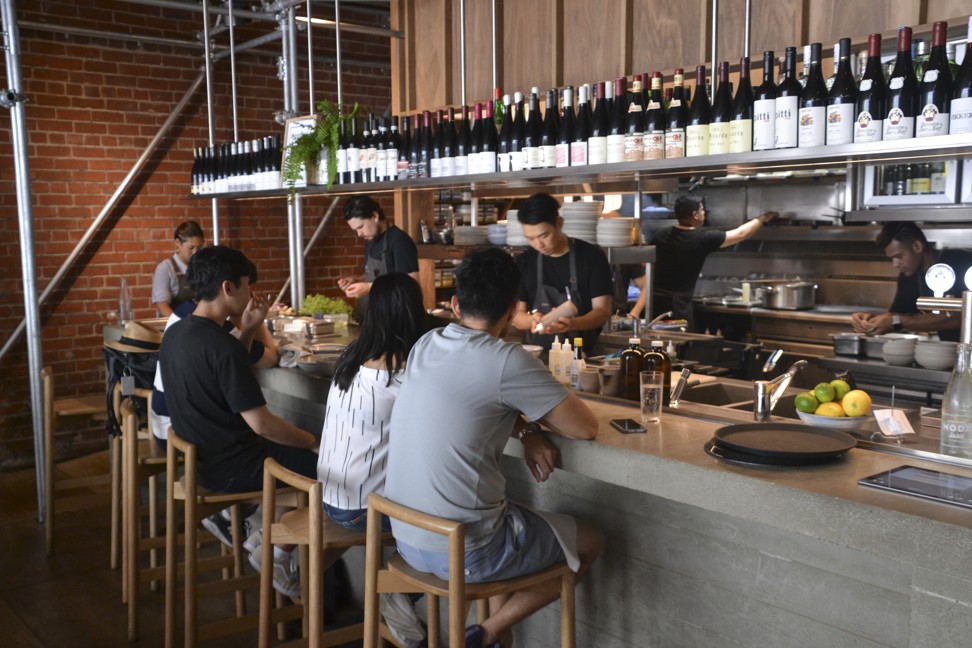
I could have ordered charred cucumber with Laughing Cow cheese, jungle curry and lemon myrtle, or maybe tomato fried rice with aniseed, myrtle, anchovy and salmon roe. Choosing dishes is always agonising, but every one of the 16 offered sounded tempting.
A Wagyu rendang pie was even more delicious than its name suggests, even if the construction felt more like a savoury doughnut – when cut it gave way to fall-apart tender beef with a whack of familiar Malaysian spices. Pickled radish and fermented sambal were perfect counterpoints.
Nguyen’s take on otak-otak, an Indonesian/Malaysian dish of ground fish with tapioca starch, was clever. Nguyen uses tweezers to precisely place flowers and fresh crab meat atop a thin oblong slab of crab parfait flavoured with coconut milk, curry and finger lime. It may have been petite, but it packed a serious punch.
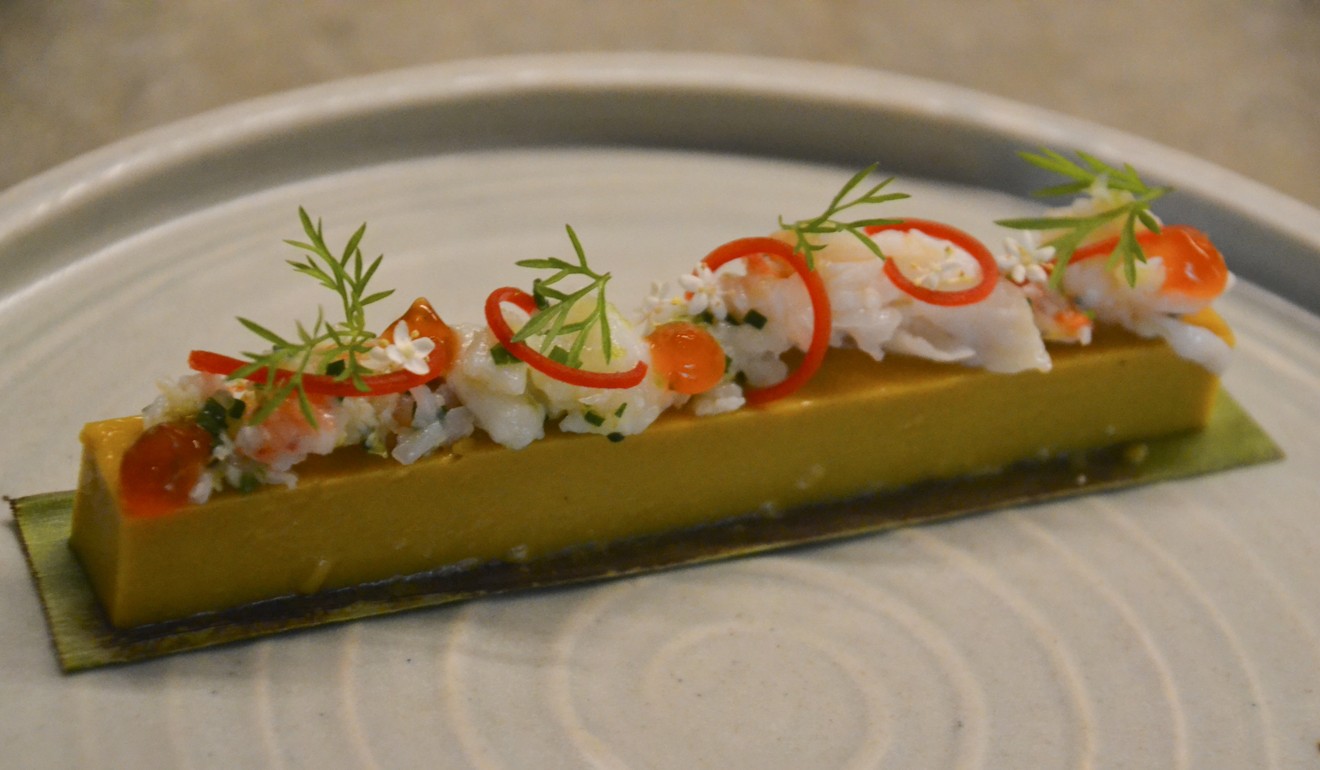
Occasionally Nguyen claps his hands to let the servers know a dish is ready for immediate pickup, but only after he has inspected the plate, as he does each one that leaves the kitchen.
Sunda allows solo diners to order half portions of most dishes, hence the chance to try two additional dishes.
One was perfectly pink lamb rump served with cashew nut cream and a native curry made with more than 30 ingredients. The other, egg noodles that came with a home-made XO sauce good enough to rival any in Hong Kong, had shards of crispy chicken skin giving it crunch and the unusual notes of pepperberry joining it all together.
Typically Australian service – super-relaxed but knowledgeable – added to the experience. At one point I mentioned how much I loved the noodles, to which the waitress smiled and said: “Every now and then they put one out the back for [staff to eat] – we’re like seagulls.”
To finish, a Sunda pav was another brilliant dish, combining Vietnamese coffee, chocolate, wattle seed and coconut with toasted rice, meringue and honeycomb. It was a fitting end to the meal and a reminder of why Sunda was awarded a coveted hat by the Australian Good Food Guide just a few months after opening.

Rice Paper Sister served another memorable lunch inspired by Southeast Asia. Down another quiet lane, alfresco seating in the lovely Melbourne daylight gives way to a dark interior. The food is the work of a team led by Philippine-born chef Ross Magnaye. He moved to Australia at the age of 15, and has worked in the kitchens of restaurants including two-Michelin-star D.O.M. in Sau Paulo, Brazil, and hip Parisian bistro Le Servan.
Rice Paper Sister is the younger sibling of Magnaye’s Rice Paper Scissors, also in Melbourne, which quickly won praise from critics, Melburnians and visitors. Diners in the nearly full room were clearly relishing the dishes from the affable, tattooed 28-year-old.
The Rice Paper Sister menu dances around Southeast Asia, with options including Isaan-style veal tartare, burnt aubergine and squid ink, Balinese-style potato salad with egg and peanuts, or lamb rump with kampot pepper and enoki mushroom. Filipino flavours and techniques stood out most, however, in the dishes I ordered.
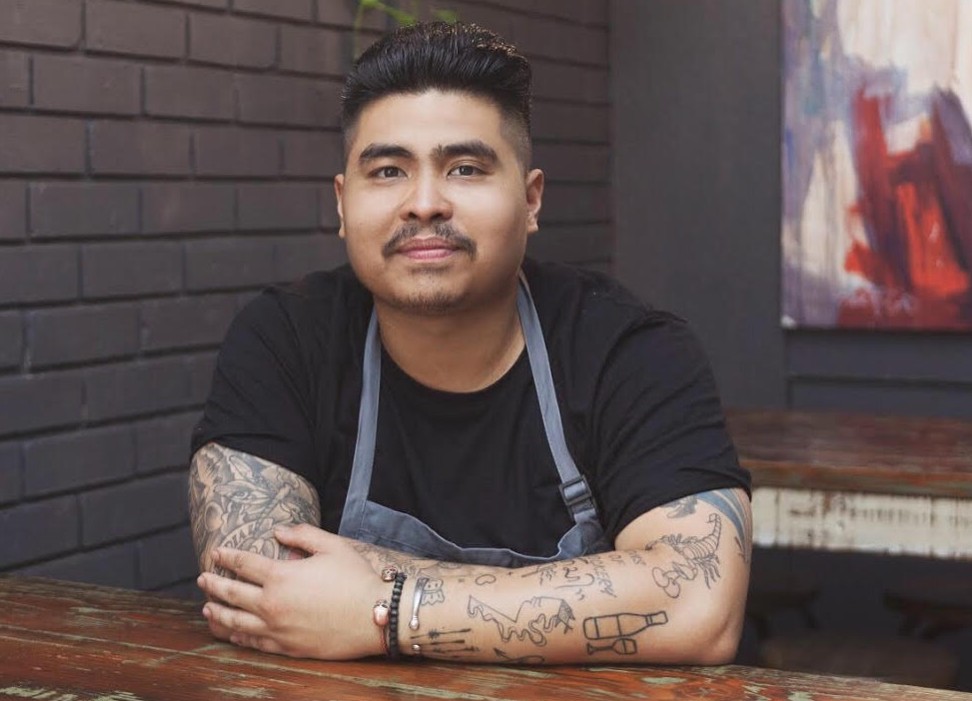
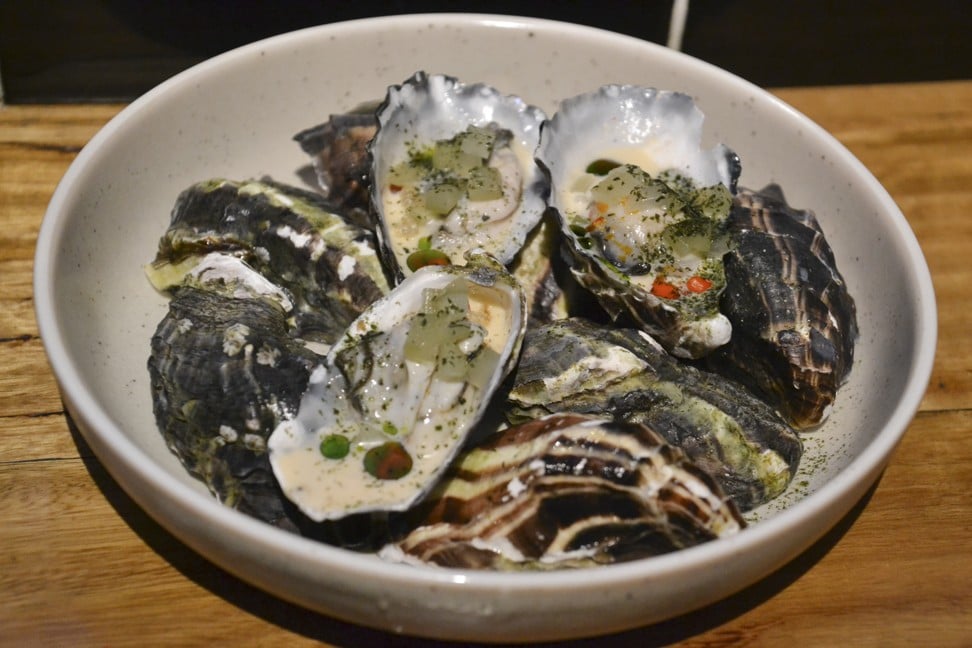
Sublime milky oysters from Little Swanport in Tasmania came with pork crackling and a gentle kick from kinilaw (a Filipino ceviche), with its vinegar and subtle heat (A$9). More pork – well, this is food inspired by The Philippines – comes in a sensational dish that involves serious time and technique, as Magnaye explains.
“First, we cook pork jowl and belly in stock, then cool it and pull it. We cook it again with garlic, soy sauce, coconut vinegar, black pepper and sugar, then add Vietnamese mint, coriander, Thai basil and chilli. We put it in a tray where it’s pressed flat, then we make a separate adobo sauce.”
That is not all, however; it is then crowned with Hervey Bay scallops that Magnaye blowtorches and serves with Yarra Valley caviar – a cute name for local salmon roe. Finally, house-made chilli oil and shallots pickled in more of that coconut vinegar are added. This impressive dish (A$19) celebrates Filipino cuisine and local ingredients in perfect harmony.



A final glorious spicy, sweet and sticky mess came in the shape of beef short rib that fell off the bone and is eaten wrapped in lettuce leaves. Supported by excellent cocktail and wine lists, as well as friendly service, it’s clear to see why Magnaye is a chef and restaurateur on the up.
Finally came the cheapest lunch of all at Noodle House by Lao-Luangprabang. It sits just opposite Victoria Market and is the brainchild of James Roach. With an Australian father and Laotian-Vietnamese mother, he was born in Laos before moving to Melbourne, where he began to pine for the Lao dishes that he knew so well.
His chef is May, his mother – he happily calls her a “tiger mum” – who ensures that every dish served is the real deal. While the food of Laos is probably the least known in Southeast Asia, it brings together familiar flavours from its neighbours China, Thailand, Vietnam, Myanmar and Cambodia, but has a unique cultural profile.
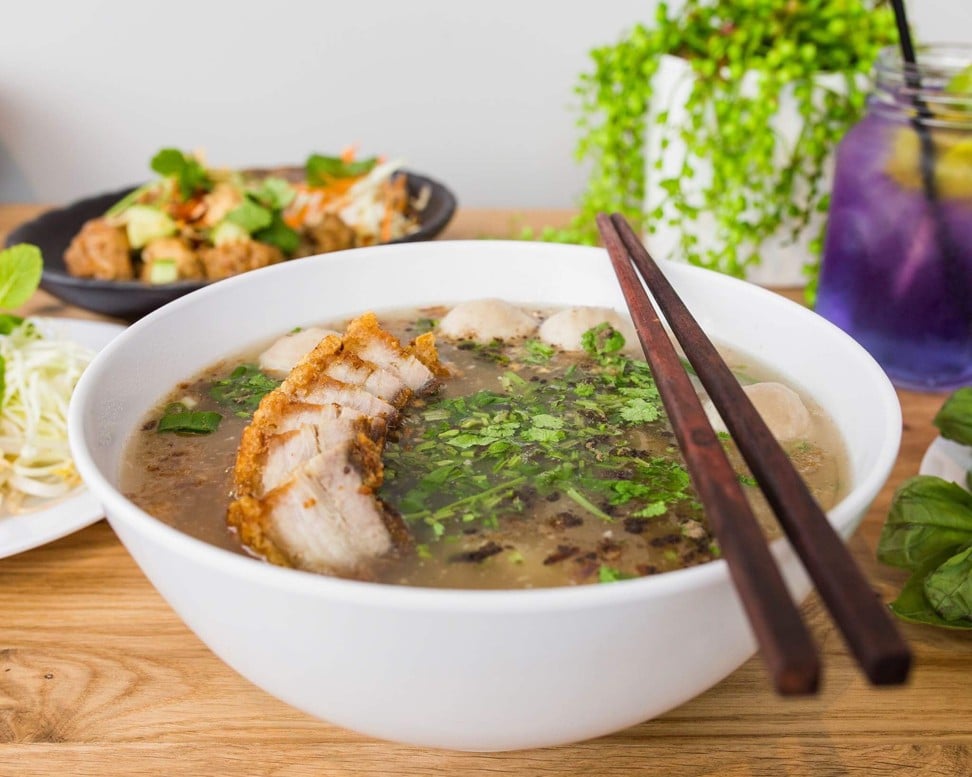

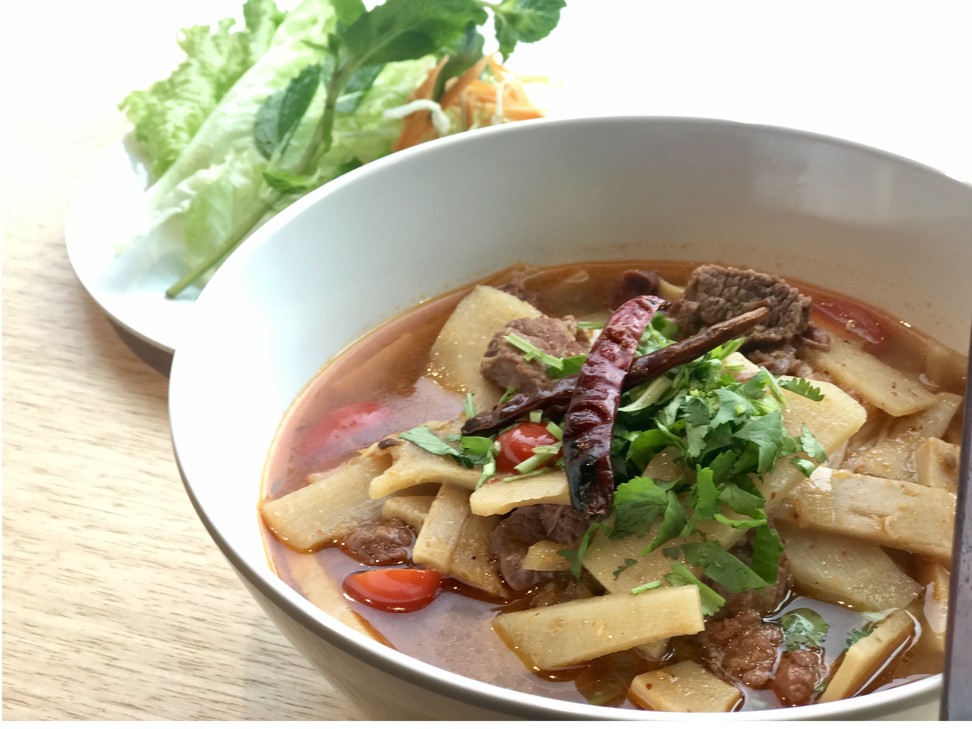
Tapioca and rice flour noodles feature in its signature dish, called khao piak sen – coriander-rich chicken broth forms the base of a soup which cries out to be slurped. In it float chicken meatballs, crispshallots and bean sprouts – a serious meal in itself, all for A$15.
Other options include mee kati, noodles in a laksa-like broth, or the full-on spice and shrimp funk of khao poon nam seen, where beef brisket features.
Whichever bowl you end up choosing, the handmade noodles are the real star.
Sunda
Rice Paper Sister
Noodle House by Lao-Luangprabang

